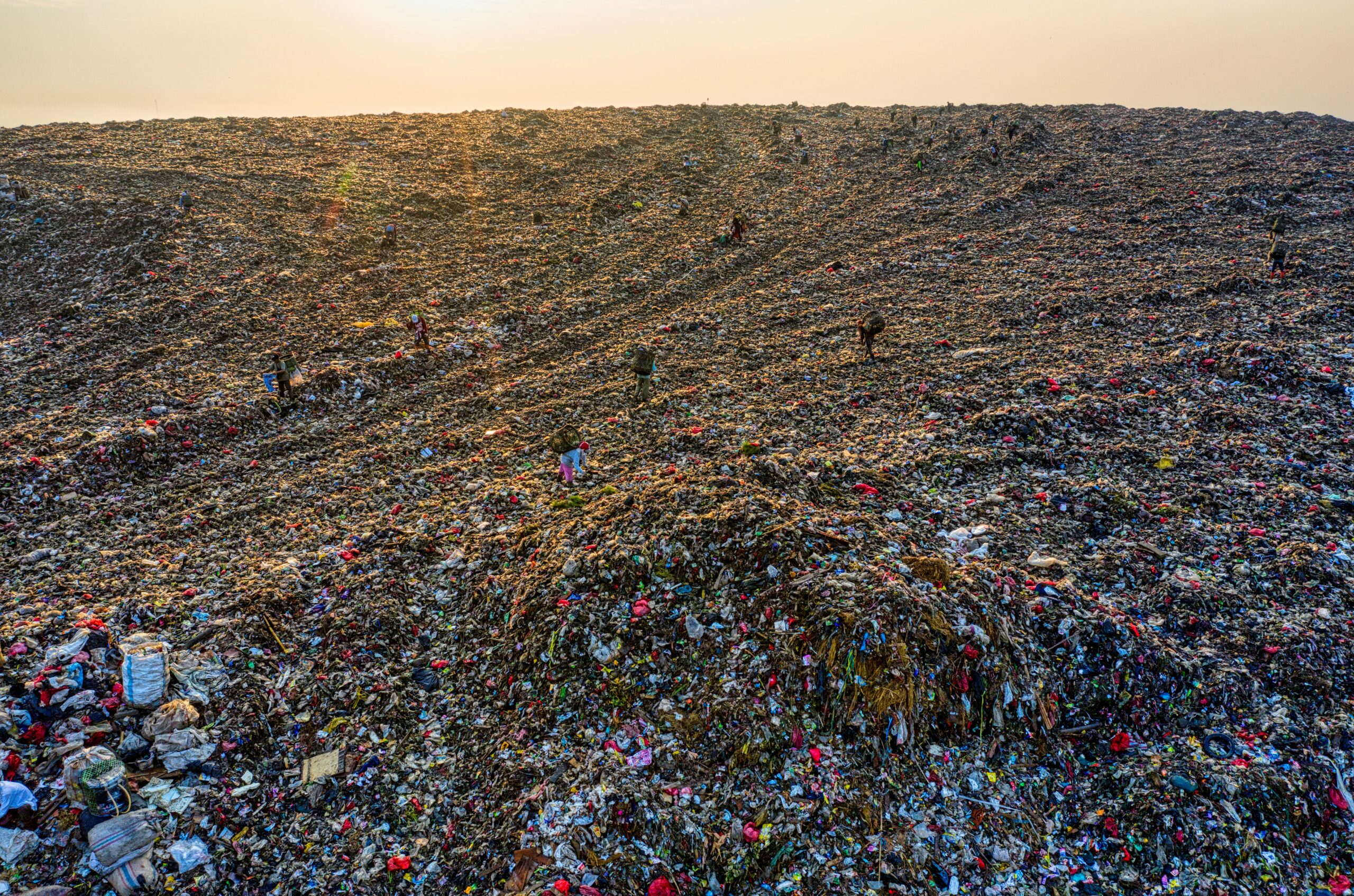Landfills are one of the most common methods used to manage waste disposal in many countries around the world. They are designated areas where waste materials are collected and buried in the ground. The waste is covered with a layer of soil, which helps to control odor and reduce the risk of contamination. Landfills have been used for hundreds of years, but modern landfills are designed with many environmental and safety features to minimize the impact of waste on the environment and human health.
History of Landfills
Landfills have been used for waste disposal for centuries. In ancient Greece, waste was often disposed of in pits outside of city walls. In medieval times, waste was often burned in the streets or thrown into rivers. As cities grew larger and waste became more of a problem, more organized methods of waste disposal were developed.
The first modern landfill was created in 1937 in Fresno, California. This landfill was lined with clay and covered with a layer of soil after each layer of waste was added. This helped to reduce odor and prevent contamination of nearby groundwater sources. Since then, landfill technology has advanced significantly, with modern landfills being much more sophisticated and effective.
How Landfills Work
Modern landfills are designed to protect the environment and human health while efficiently disposing of waste. The process of creating a landfill typically involves the following steps:
- Site Selection: The first step in creating a landfill is to select a suitable site. The site should be located away from residential areas and environmentally sensitive areas such as wetlands and water sources. The site should also have good soil conditions to help prevent contamination of groundwater sources.
- Construction: Once a site has been selected, the landfill is constructed. This typically involves excavating a large hole in the ground and lining it with a barrier such as clay or plastic. The bottom of the landfill is then covered with a layer of gravel to help with drainage.
- Waste Disposal: Once the landfill has been constructed, waste is brought in and disposed of in the designated area. The waste is compacted to reduce its volume and covered with a layer of soil after each layer of waste is added.
- Monitoring: Landfills are monitored regularly to ensure that they are not causing any harm to the environment or human health. This typically involves testing groundwater and surface water sources for contamination, monitoring air quality, and checking for methane gas emissions.
Types of Landfills
There are several different types of landfills, each designed for specific types of waste and environmental conditions. The most common types of landfills include:
- Municipal Solid Waste Landfills: These landfills are designed to handle everyday household and commercial waste. They typically include a liner system to prevent contamination of nearby groundwater sources.
- Hazardous Waste Landfills: These landfills are designed to handle hazardous waste such as chemicals, batteries, and medical waste. They typically have a more sophisticated liner system to prevent contamination of the environment.
- Construction and Demolition Landfills: These landfills are designed to handle waste from construction and demolition projects. They typically have less stringent regulations than other types of landfills since the waste is generally not as hazardous.
- Bioreactor Landfills: These landfills use microorganisms to break down waste more quickly. They typically require a more complex liner system to prevent contamination of the environment.
Environmental and Health Concerns While landfills are an effective way to manage waste disposal, they can also have negative environmental and health impacts if not managed properly. Some of the concerns associated with landfills include:
- Methane Emissions: Landfills produce methane gas as organic materials in the waste break down. Methane is a potent greenhouse gas that contributes to climate change.
- Contamination of Water Sources: If a landfill is not properly lined, contaminants from the waste can seep into groundwater sources and nearby surface water sources. This can lead to contamination of drinking water and harm to aquatic life.
- Odor: Landfills can produce unpleasant odors that can impact nearby communities and reduce property values.
- Wildlife Disruption: Landfills can disrupt wildlife habitats and reduce biodiversity in the surrounding area.
- Health Risks: Landfills can pose health risks to nearby communities, especially if the waste contains hazardous materials. Exposure to these materials can lead to respiratory problems, skin irritation, and other health issues.
To minimize these concerns, modern landfills are designed with several environmental and safety features. These include:
- Liner Systems: Landfills are lined with barriers such as clay or plastic to prevent contaminants from seeping into the environment.
- Leachate Collection: Leachate, which is the liquid that forms as water interacts with waste, is collected and treated to prevent contamination of nearby water sources.
- Methane Collection: Methane gas produced by the waste is collected and used as a source of energy rather than being released into the atmosphere.
- Monitoring: Landfills are regularly monitored to ensure that they are not causing harm to the environment or nearby communities.
Conclusion
Landfills are an important method of waste disposal that have been used for centuries. Modern landfills are designed with many environmental and safety features to minimize the impact of waste on the environment and human health. While landfills can have negative environmental and health impacts if not managed properly, they are an effective way to manage waste disposal and provide a necessary service for communities around the world.




